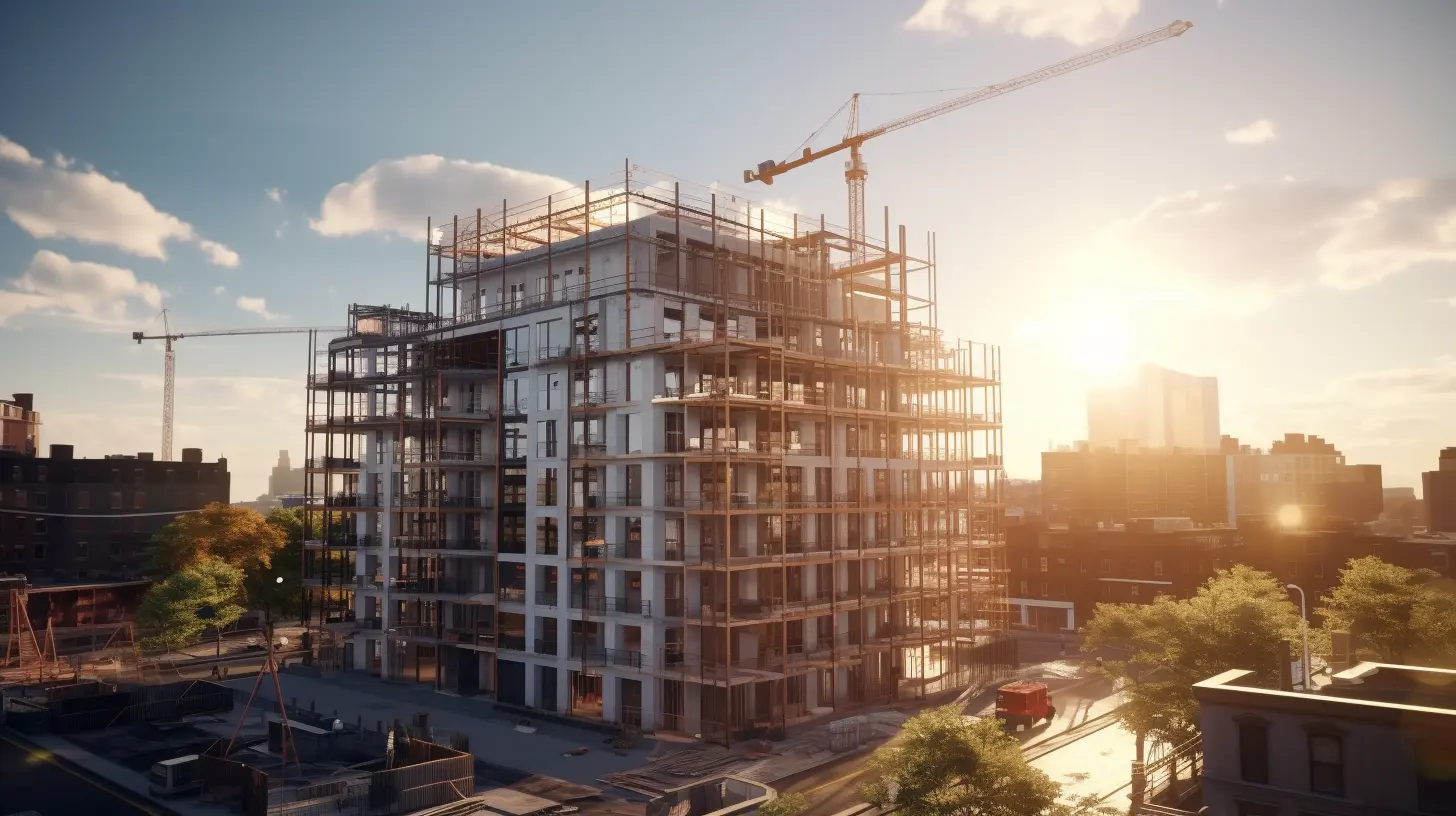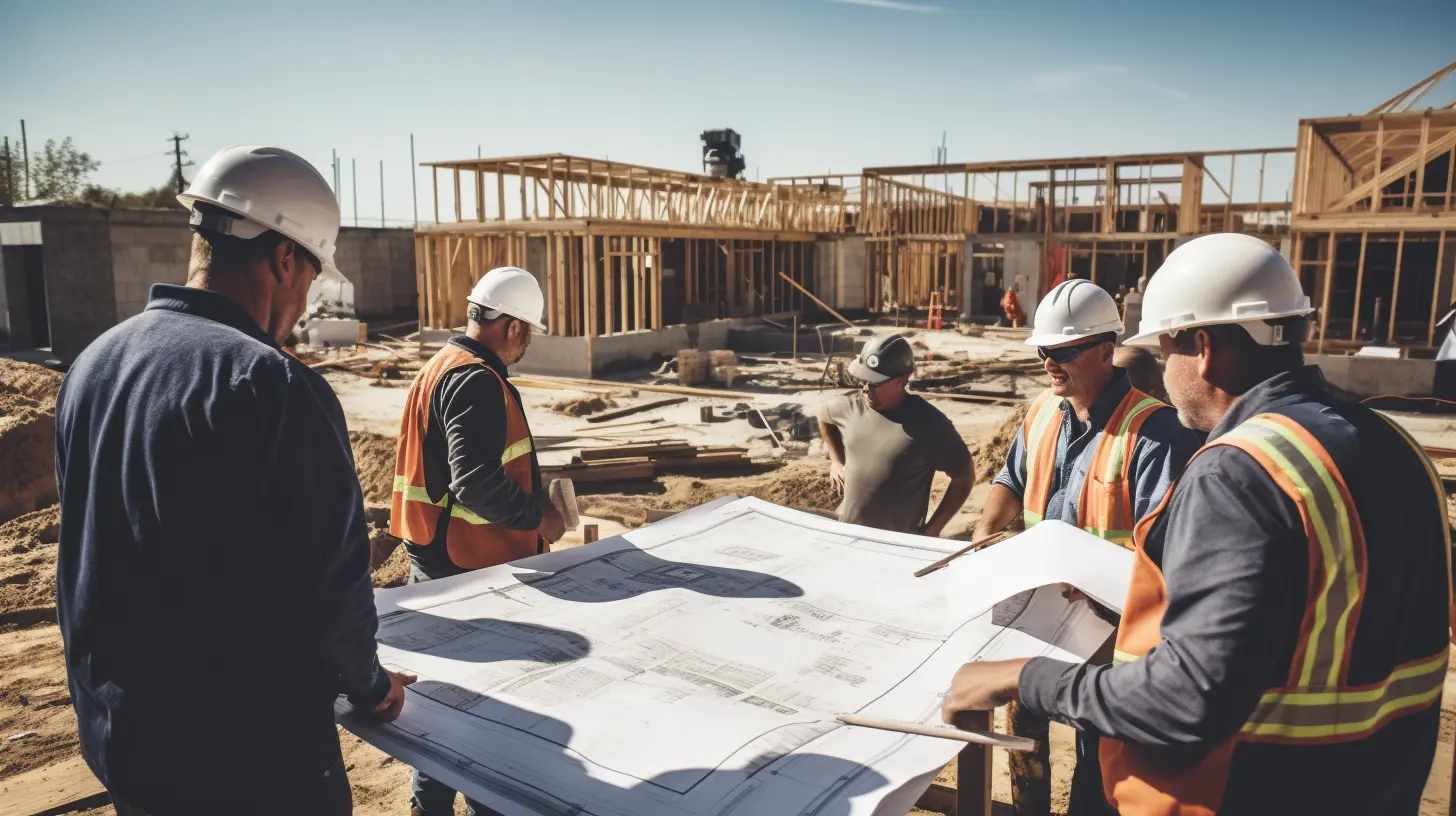Fundamentals of CRE Investing: A Comprehensive Guide
Welcome to our quick overview of Commercial Real Estate (CRE) investment, tailored for both beginners and seasoned professionals. This guide aims to offer a succinct and insightful overview of the commercial real estate sector.

Table of Contents
- CRE Pros and Cons
- Financial Modeling Fundamentals
- Decoding Commercial Leases
- The Development Process
- Joint Ventures in CRE
- Conclusion
CRE Pros and Cons
Dive into the world of Commercial Real Estate (CRE), a sector marked by its potential for substantial growth, income generation, and diversification. Unlike residential real estate, CRE focuses on property exclusively used for business purposes, including office spaces, retail locations, industrial warehouses, and multifamily residential buildings designated for rental income and investment purposes.
Why Choose CRE?
- Higher Income Potential: CRE often offers higher rental income potential compared to residential real estate.
- Appreciation Opportunities: Well-chosen CRE can appreciate in value over time through effective management and favorable market conditions.
- Stability and Diversification: The typically longer lease agreements in CRE contribute to a more stable and predictable cash flow, which, coupled with the asset's appreciation, offers a hedge against inflation and diversifies an investment portfolio.
- Financial Advantages: CRE investments allow for significant tax benefits through depreciation, as well as the ability to utilize greater leverage to amplify potential returns, providing a dual advantage of income tax efficiency and enhanced buying power.
Challenges Ahead
- High Initial Investments: CRE requires significant initial capital outlay and is generally less liquid compared to other investments.
- Specific Risks: Interest rate sensitivity, lease-up delays, and market volatility directly affect CRE investment performance.
- Expertise Requirements: Success in CRE investing often demands in-depth knowledge of market trends, operational complexities, and a robust network for deal-flow.
- Economic Sensitivity: CRE investments are more sensitive to economic fluctuations, which can impact occupancy rates and rental incomes, making it crucial to consider economic cycles in investment strategies.
Financial Modeling Fundamentals

Financial modeling in CRE is an indispensable tool for investors, providing a detailed projection of a property's financial performance. A robust pro forma model includes assumptions about revenue, expenses, and cap rates, offering insights into the viability of an investment.
Key Components:
- Rental Income: Estimations based on current market rates and property location.
- Operating Expenses: Includes CAM, property management, taxes, and insurance.
- Capital Expenditures: Major one-time costs for property improvements or repairs.
Decoding Commercial Leases
Commercial leases stand at the heart of CRE investing. Unlike residential leases, which are relatively straightforward, commercial leases come in various formats, each with its own set of terms, conditions, and negotiation leeways.
Common Commercial Leases:
- Net Lease: Tenants pay base rent plus a portion, or all, of the property expenses. A Triple Net (NNN) Lease, where tenants are responsible for all property expenses, represents the most comprehensive form of a net lease.
- Gross Lease: Tenants pay a flat rent, while the landlord covers all property expenses, offering a simplified approach for tenants.
- Modified Gross Lease: This lease type serves as a middle ground between net and gross leases, with expenses shared between tenant and landlord, providing a balanced distribution of property costs.
The Development Process

The development process in CRE is a multifaceted journey from concept to completion. Successful development projects require meticulous planning, financial acumen, and a deep understanding of market demands.
Development Phases:
- Land Acquisition: The initial phase involves assessing project feasibility, securing financing, and acquiring the land.
- Pre-Development: Encompasses market research, detailed site planning, obtaining necessary entitlements and permits, and finalizing the project's financing.
- Site Work: Involves preparing the land, developing infrastructure, and ensuring compliance with regulations.
- Vertical Construction: The phase where the actual building takes place according to the approved architectural designs, demanding diligent project management.
- Lease-Up and Operation: The final stage includes marketing the property, negotiating leases, and filling the commercial spaces to establish a steady income stream.
Joint Ventures in CRE

A joint venture (JV) in commercial real estate is a partnership arrangement between two or more individuals or entities who come together to purchase or develop an asset. These strategic partnerships unlock new opportunities, distribute risk, and leverage the combined strengths for enhanced success.
Partnership Dynamics:
- General Partners (GPs): Take charge of day-to-day management and operational decisions, driving the venture forward.
- Limited Partners (LPs): Typically contribute capital and have limited involvement in daily management, focusing on investment returns.
Profit Distribution: Understanding JV Equity Waterfalls
In the financial structure of a JV, the equity waterfall is a pivotal element. It outlines the method for distributing profits among partners, which is usually tied to achieving predetermined performance metrics such as internal rate of return (IRR) or equity multiples.
- Initial Return Hurdles: Profits are first allocated to LPs until they reach a specific IRR or equity multiple, ensuring that they receive their capital investment back along with a preferred return.
- Subsequent Promotes: Once these initial hurdles are met, the GP is eligible for an increased share of the profits, known as a 'promote', as a reward for successful project management and exceeding performance thresholds.
Conclusion
Navigating the world of Commercial Real Estate investment requires a blend of knowledge, strategy, and insight. Through this guide, we've sought to provide a comprehensive overview of the critical aspects of CRE investing, from decoding leases to financial modeling, and from development processes to forming joint ventures. We hope this guide offers valuable insights as you begin or advance in your commercial real estate career, providing clarity and direction through the complexities of the industry.


